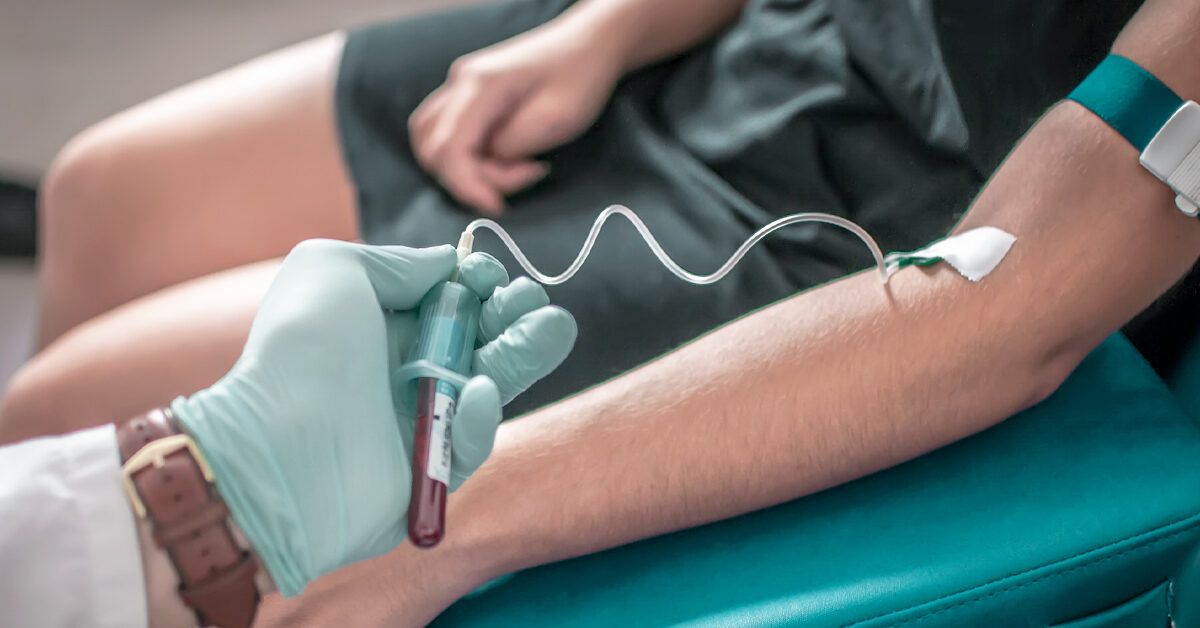Play all audios:
What is sensitivity analysis? Sensitivity analysis, also called susceptibility testing, helps your doctor find the most effective antibiotic to kill an infecting microorganism. Infecting
microorganisms are organisms such as bacteria or fungi that invade your body and cause an infection. A sensitivity analysis is a test that determines the “sensitivity” of bacteria to an
antibiotic. It also determines the ability of the drug to kill the bacteria. The results from the test can help your doctor determine which drugs are likely to be most effective in treating
your infection. Doctors use sensitivity testing to determine the right antibiotic treatment for an infection and to monitor changes in bacterial resistance to antibiotics. Both are key to
your care. Why is sensitivity analysis done? Many bacteria are resistant to common antibiotics. This means that the drug can’t kill the bacteria. Sensitivity analysis is a useful tool to
help quickly determine if bacteria are resistant to certain drugs. Examples of antibiotic-resistant infections include: * a persistent sore throat * a recurring urinary tract infection (UTI)
* an unresponsive case of pneumonia Sensitivity analysis may be ordered if your infection doesn’t respond to treatment. This can help your doctor to see if the bacteria that’s causing your
infection has developed resistance. Your doctor can then determine which drug would be more effective in treating the infection. How is sensitivity analysis performed? Sensitivity analysis
starts with a bacterial sample. Your doctor will get this sample by sampling the infected area. Your doctor can sample any area that has an infection. Samples may be taken from: * blood *
urine * sputum (spit) * inside the cervix * a pus-containing wound Your doctor will send the sample to a laboratory, where it’ll be spread on a special growing surface. The grown bacteria is
known as a culture, and bacteria in the culture will grow and multiply. The bacteria will form colonies, or large groups of bacteria, that will each be exposed to different antibiotics.
These colonies can be susceptible, resistant, or intermediate in response to the antibiotics: * SUSCEPTIBLE means they can’t grow if the drug is present. This means the antibiotic is
effective against the bacteria. * RESISTANT means the bacteria can grow even if the drug is present. This is a sign of an ineffective antibiotic. * INTERMEDIATE means a higher dose of the
antibiotic is needed to prevent growth. What are the risks of a sensitivity analysis? Few risks are associated with this test. Blood collection comes with small risks. For example, you may
feel slight pain or a mild pinching sensation during the blood draw. You may feel throbbing after the needle is withdrawn. Rare risks of taking a blood sample include: * lightheadedness or
fainting * hematoma (a bruise where blood accumulates under the skin) * infection (usually prevented by the skin being cleaned before the needle is inserted) * excessive bleeding (bleeding
for a long period afterwards may indicate a more serious bleeding condition and should be reported to your doctor) Your doctor will talk to you about potential risks associated with your
sample. What are the results for a sensitivity analysis? Once the bacterial cultures have been grown and tested with antibiotics, your doctor can analyze the results. These results can help
determine the best antibiotic to treat your infection. SUSCEPTIBLE Your doctor will usually choose an appropriate drug from the report that was listed as “susceptible,” meaning it can fight
the bacteria. INTERMEDIATE You’ll be prescribed a drug from the “intermediate” group if there are no known drugs available in the susceptible group. You’ll likely have to take a higher
dosage and for a longer time period if you’re taking a drug from the intermediate group. You may also experience medication side effects. RESISTANT An antibiotic that bacteria has shown
resistance to shouldn’t be used to treat your infection. Your doctor will decide which drug is best if several antibiotics are shown to be effective in killing the microorganism causing your
infection. You may be prescribed a combination of antibiotics if a bacterium is “resistant” to all of the drugs that are usually used to treat an infection. This combination of drugs is
meant to work together to fight the bacteria. Drugs in this category can be more expensive and may have to be given intravenously (through a needle in your vein). You’ll also likely have to
take the combination of drugs for an extended time period. FURTHER TESTING Some infections may require further testing because it’s known that the drugs normally used to treat the bacteria
or fungi causing the infection aren’t always effective. It’s also possible for the sample taken from the infection to have more than one microorganism. Susceptibility testing may be used to
figure out which antibiotic or combination of antibiotics will be most effective in treating the different types of bacteria causing the infection. The takeaway It’s possible for bacteria
and other pathogens to mutate. Antibiotics that work today may not work 6 months from now. Sensitivity tests are extremely important and useful tools, especially if you have an infection
caused by bacteria that has become resistant to some treatments.

